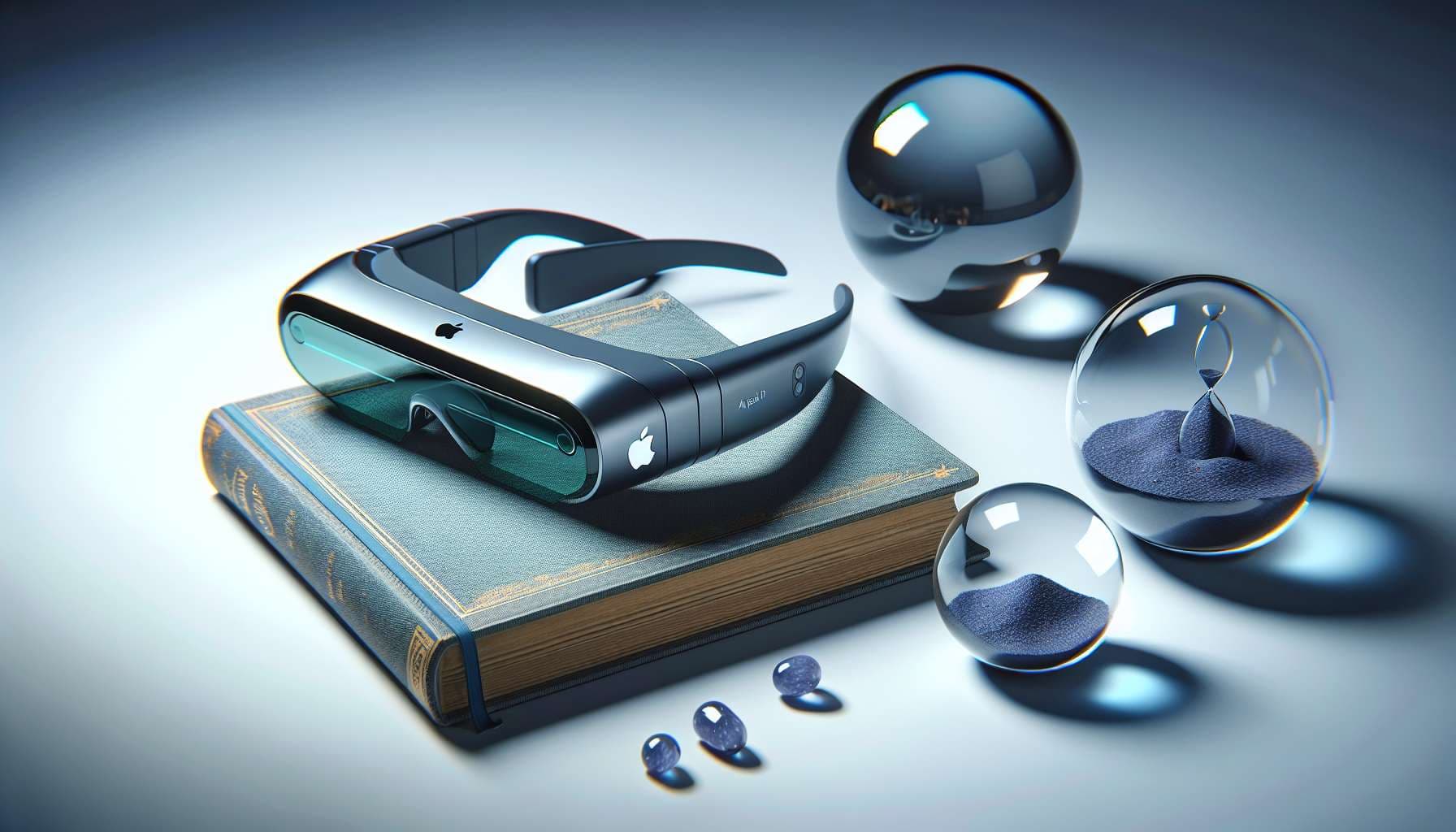
Resolves Yes if a credible news story is released confirming the death of one person who was wearing Vision Pro at the time.
Death by any means resolves yes, person just has to be wearing it at time of death.
Resolves No if this doesn't occur by 2028
People are also trading
@esusatyo There is at least one report of a man that died in an accident while wearing an unspecified VR headset.
https://www.pcgamer.com/man-dies-in-vr-accident-according-to-russian-news-agency/
But since it seems like Vision Pro is advertised for passive consumption, not moving around, serious accidents would be much less likely.
@esusatyo Apple Watch is a bad comparison because people wear it almost 24/7. I’m sure tons of people die with one on, but it’s unremarkable.
They expect to sell on the order of half a million of the things (some analysts say between 300 and 400 thousand); the demographic will be heavy on older wealthier males; the general population in industrialized countries (not just older wealthy men) sees 50 to 150 instances of sudden cardiac death per 100000 people per year if I am finding the right data and reading it properly; some headsets will languish in drawers, but others will be used for hours a day; a dominant use case is certainly going to be consuming adult content.
The only thing keeping me from pinning this to 100% is uncertainty about sales figures, uncertainty about what is likely to receive prominent media coverage (the first case of "dies wearing Apple headset" seems like it'd be catnip for reporters though), and general uncertainty/model error.
What am I missing?
@ML it might not get on the news if someone croaks due to unrelated health issues, as even reporters might be hesitant to use someone's death for clickbait.
@Maniuser That is a good point. Reputable news outlets do often respect the privacy of grieving families. But if you consider a hypothetical "someone dies while watching TV" alternative, the TV needn't be the point of the news story. Here's an actual example of someone killed while watching TV, and it seems like it might be easy to find more.
There are any number of ways to die while spending hours doing anything so it seems not just plausible but expected. It isn't limited to things like someone walking off a cliff while wearing one.
Maybe the market thinks the product will be a dud / shelfware?
@ML You’re missing a lot.
Older people aren’t tech early adopters.
When you say 100 people will get sudden cardiac arrest in a year, you have to take into account what portion of the year they’re spending in the headset. Assuming the cardiac arrest can hit at any random time (reality is more nuanced), and that someone spends an hour a day in the headset, then the cardiac arrest has a 4% chance of happening while they’re wearing the headset and about 33% chance of happening while they’re sleeping assuming they sleep 8 hours.
People aren’t living in headsets. And someone who’s anywhere near remotely ill enough to be near death won’t be in the headset.
As an intuitive example think about how much more time people spend driving and how relatively rare it is for someone to die while driving. This will be orders of magnitude lower chance event because of lower adoption and less time spent.
@voodoo People die while driving often enough that MVAs are a leading cause of death, but putting that aside, it is easy to find stories about people getting killed or dying while driving. For natural deaths alone, there are enough to produce data for studies breaking them down by region.
You have a good point about the oldest and sickest people being less likely to be (1) tech early adopters, or (2) to have their sickest person-hours overlap with headset-hours. However, even adjusting for this, [EDIT: This is wrong, see below; do not rely on this!] I am seeing 75 expected headset deaths in 2024 (assuming 150k headsets being used for 1 hour a day each, with a mortality rate of 50 per 100k people per year -- this is based on cardiac deaths, and halved to account for the factors above, but of course there are lots of ways to die). For 2024 alone, p(at least one death) still comes out within epsilon of 1.
@ML If I’m understanding your calculation correctly your numbers are for deaths in people who own the headset, not those currently wearing it at a point in time (when death visits).
If I gave you a population of 100K people and asked you to visit 100 of them randomly through the year. Would you rate the probability of finding one of them wearing an Apple Vision Pro headset also as close to 1? Death only visits a person once :)
@voodoo Looks like you are right. Embarrassingly, simple arithmetic seems to confirm my 75 expected deaths was wrong by a factor of 24:
54,750,000 (150k * 365) total headset hours
0.00571 (50 / (24 * 365)) expected deaths per hour per 100k people
3.13 (54,750,000 * 0.00571 / 100k) expected headset deaths in 2024After fixing the bug in my model, p(at least one death) is now down to 95.61%; however, with only a couple of deaths per year, the chance one ends up in the news is correspondingly much lower. A middling probability for this market no longer seems obviously mispriced to me.
Thank you for you for answering my question with your engagement and explanation, and for the visceral lesson to respect model error more!